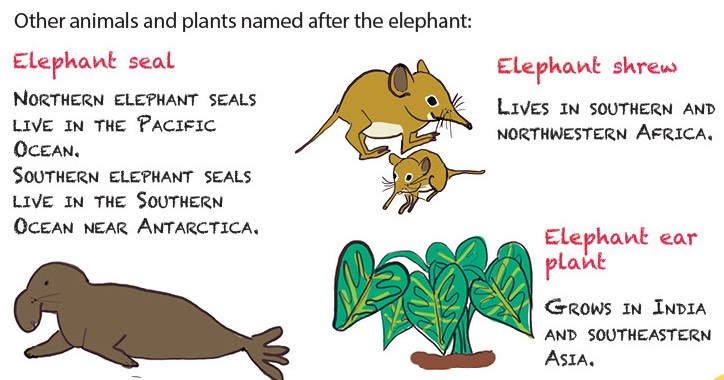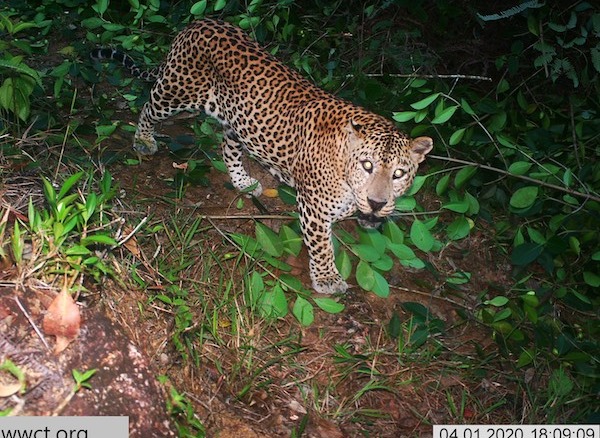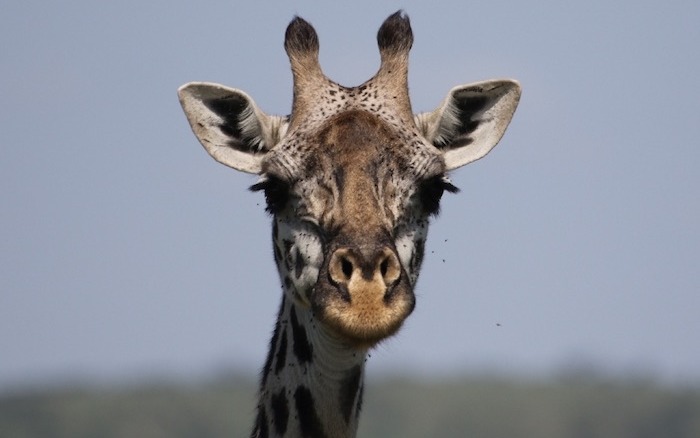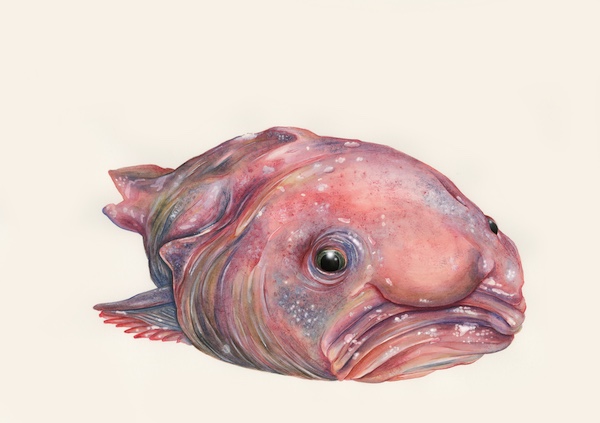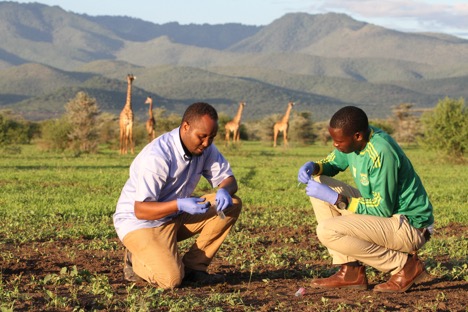Meet
Phyllis Lee
Phyllis Lee is an expert on elephants who has been carrying out research on animal behaviour since 1975. Phyllis has been studying the elephants of Amboseli since 1982. She is a Director of Science for the Amboseli Trust for Elephants.
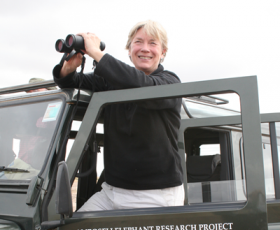
Phyllis Lee, courtesy of the Amboseli Trust for Elephants.
How many elephants live in Amboseli ecosystem? And how do you keep track of them?
Phyllis: Currently we know the history of over 3000 elephants, with some 1600 alive. Not all of these elephants are in the central National Park area at the same time. People who count elephants from the air can see as many as 800 or as few as 20 on any day.
The numbers we see depend on the season, where the best food is found and whether the elephants need to drink. Sometimes females appear to congregate in order to interact with others, renewing their bonds, mating, exploring new calves and exchanging information. Then we see very large groups of as many as 500 individuals all together.

We use photographs of individuals that have been taken from 1972 to the current day, and use their ear shape, notches, veins and other body features (tusks, scars, wrinkles) to identify individuals – who are then given a code / name.
We have tracked the life histories of these individuals, and this is how we know which individuals are associating in a group with others, and when they split up from the others.
We observe group sizes, where the groups are located, and which individuals and families are in the groups, and this is how we keep track of the families.
The genetic work done on these elephants confirmed our observations of family structures and relatedness.
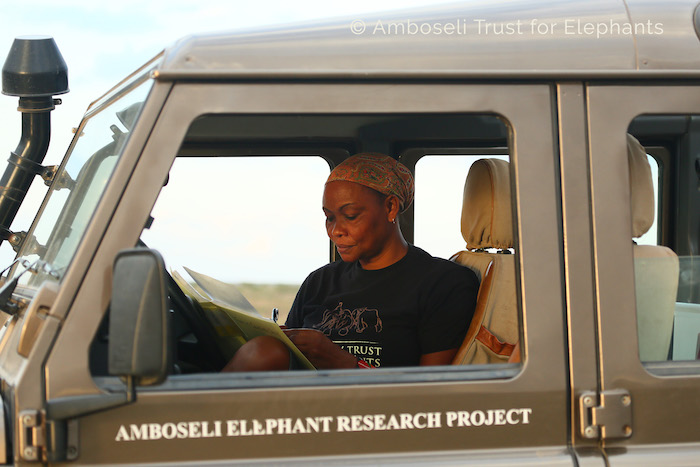
Activity!
Animal Identification in practice
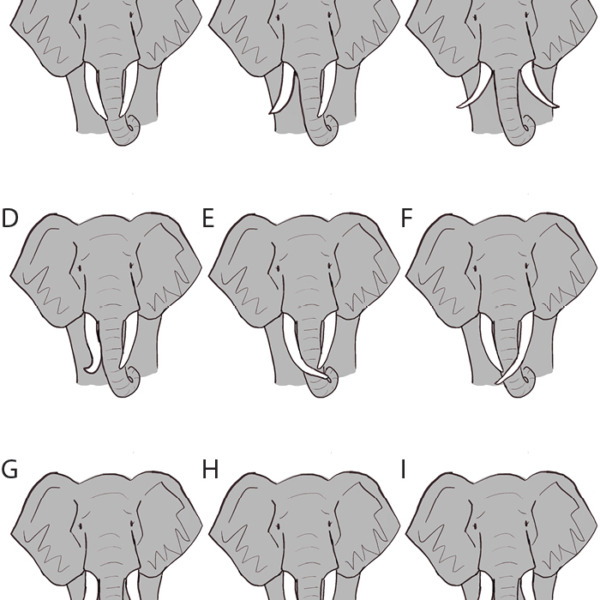
What is a day for an elephant researcher like in Amboseli? What kind of information are you recording? What questions are you trying to answer about elephants that are not yet understood?
Phyllis: We try to go out in vehicles to find elephants on most weekdays, starting early in the morning (between 7–8am), with a break for breakfast or lunch in the car depending on what we have seen. We search different parts of the National Park each day, and record the location, size and identity of all the groups or individual elephants we see.
These days we can take a GPS location, but previously (before GPS was invented) we used maps with 1km grids to locate the elephants.
Recording the identities of the elephants we see allows us to analyse which elephants are associating with which other elephants, where these groups happen, and ultimately, to answer questions about why elephants group and why they chose the partners that they do. These are questions we are still exploring.
We are also gathering much data on how elephants reproduce and rear their calves, and we can compare between families and different males in their reproductive strategies. We are especially interested in the young males now, and have a project using GSM collars following 10 males as they disperse from their mothers’ families.
Where these males go, where they reside, and whether they return to visit their mothers are fascinating questions which remain poorly known for any elephants.
What do you most want young people to know about African elephants that they may not know?
Phyllis: Elephants are sentient beings, with profound awareness of their environment and other elephants. They recognize many other elephants as individuals and can classify them as friends (or threats).
Males are just as social as females, and we think that these male friends are as important in keeping elephants alive in risky environments as are the caretakers, aunties and mothers in a family.
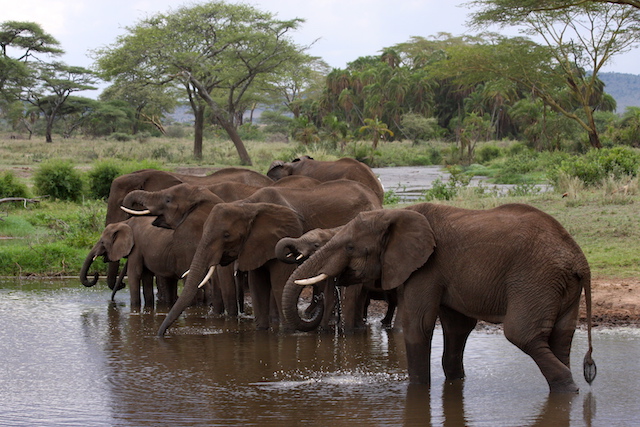

What conservation challenges do the elephants in the Amboseli ecosystem face to their survival? What advice do you have for young people who want to help conserve elephants?
Phyllis: They require large areas of space to roam and much food to eat, and this means that we researchers and conservationists have to work to create environments of coexistence between people and elephants.
We need to all work to ensure that people and elephants have the capacity to survive and thrive, by allowing people secure spaces, and elephants the space they need to exist.
What advice do you have for young people who want to study elephants or other animals? How can they develop the skills needed to observe animal behavior?
Phyllis: Persist in your goals and ambitions. Watch all animals, from birds to cats and dogs to get a sense of how they behave. Jane Goodall says that she learned how to watch chimpanzees by watching her dog as child.
Read as much as you can and watch nature programs, as these are great ways to see animals actually doing things.
Check it out!
